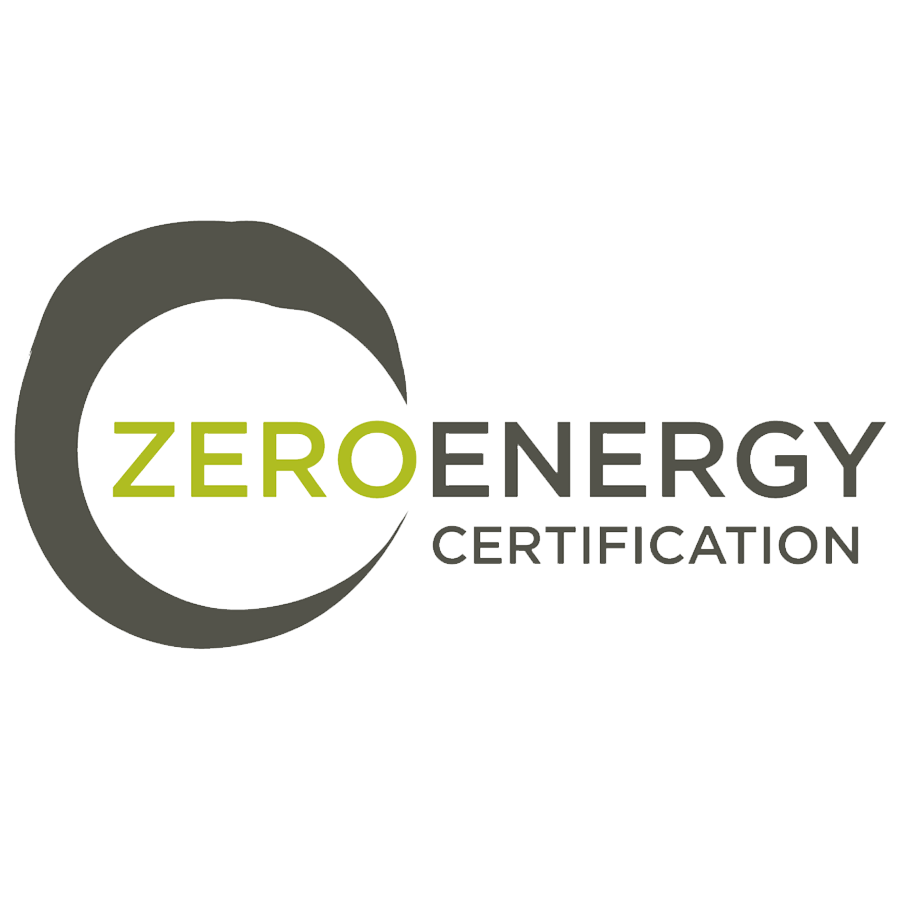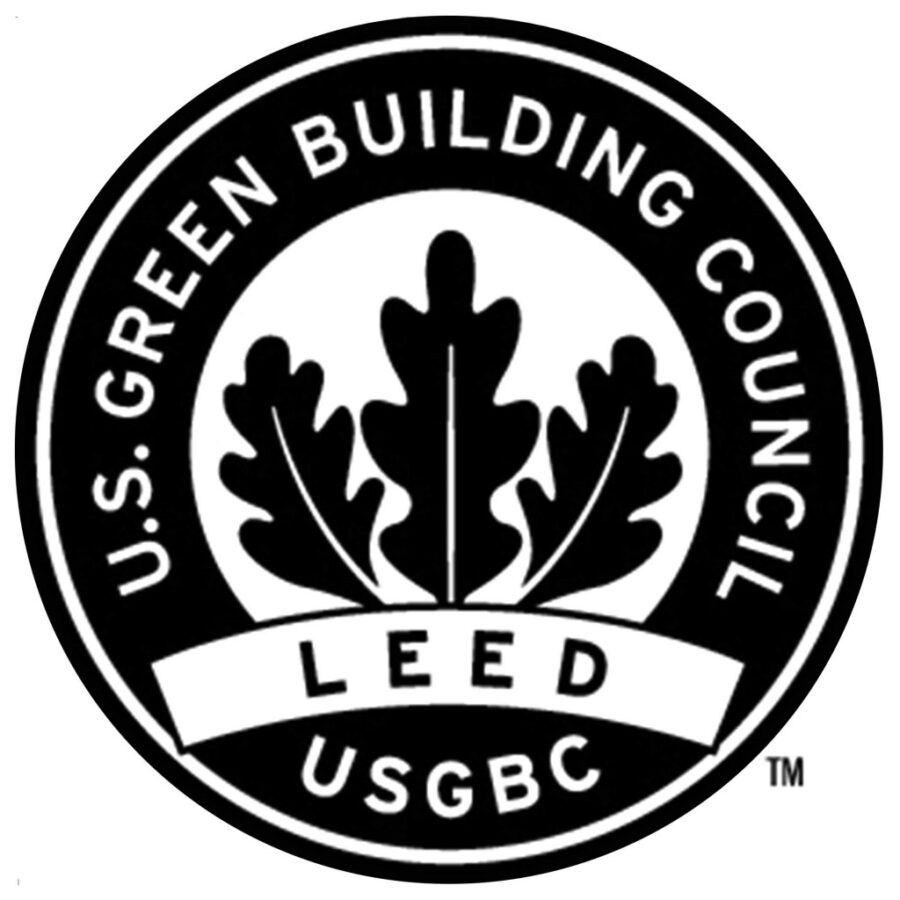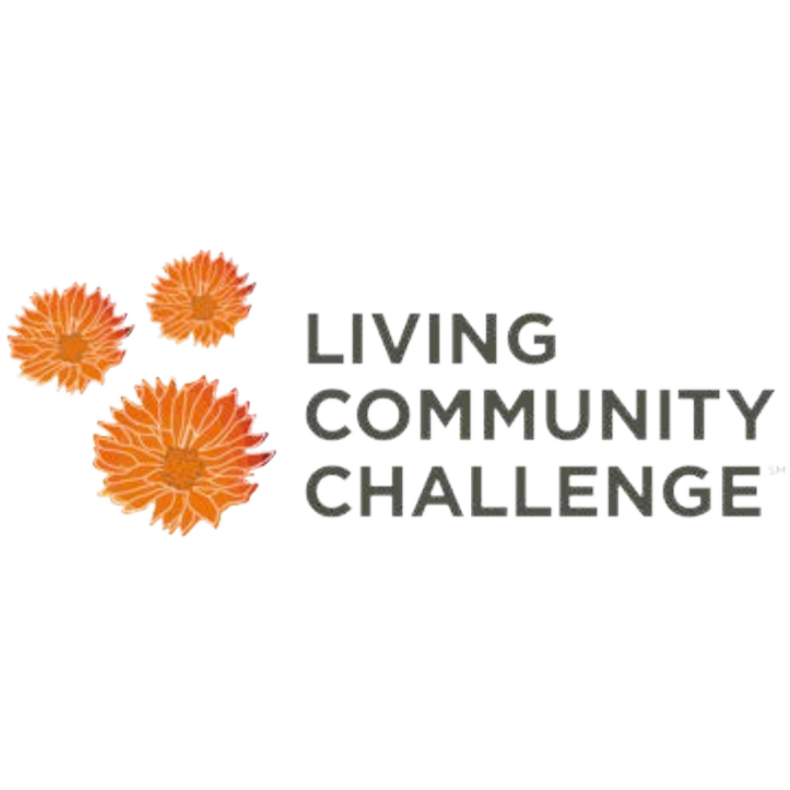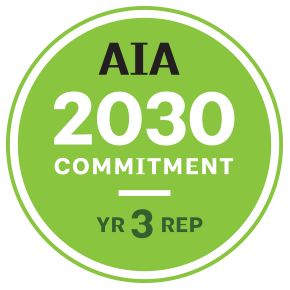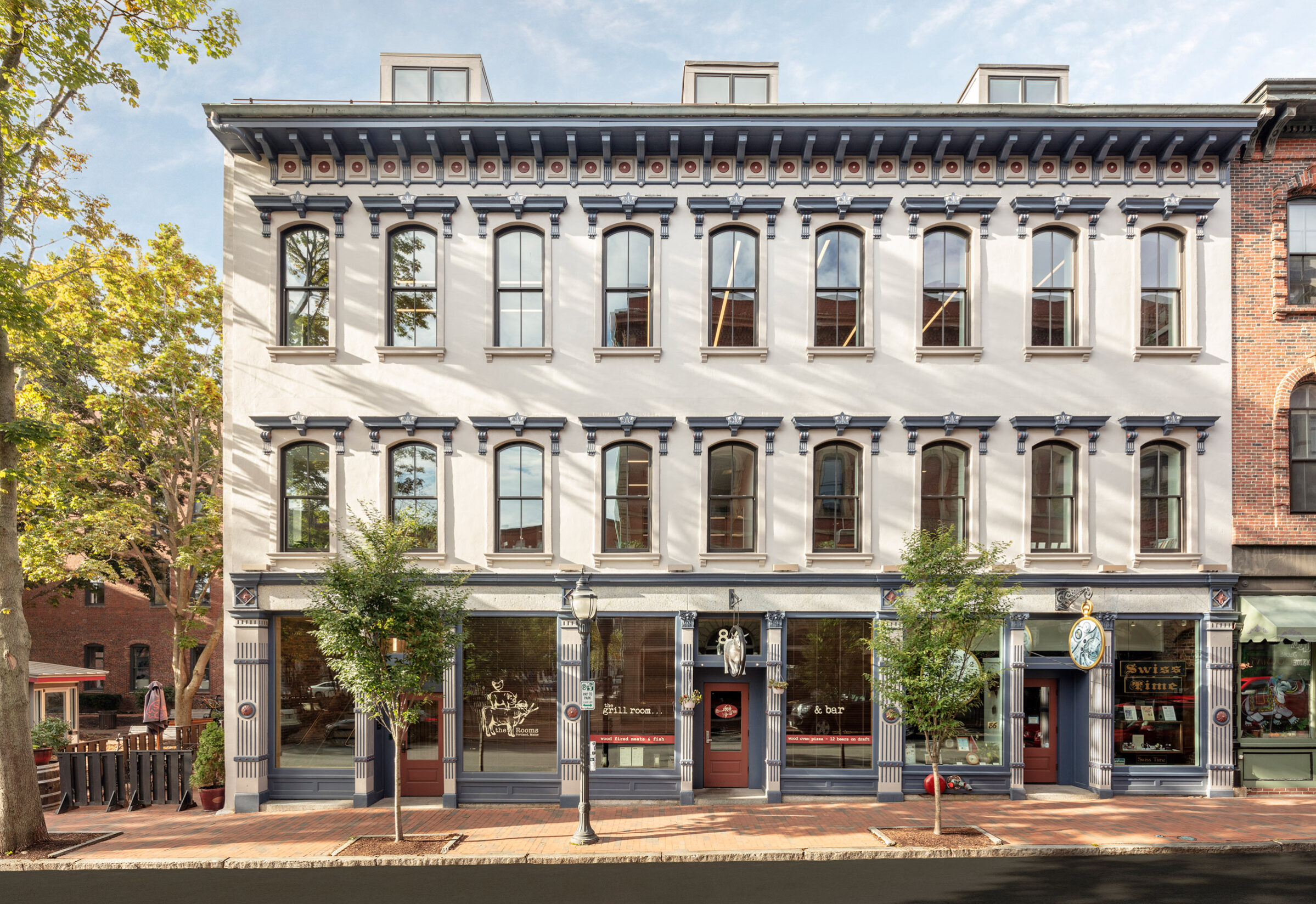
Learn
We are often asked by our colleagues, “How do you make the case to your clients to convince them to build sustainably?” We are happy to say that we rarely do. Most of our clients come to us because they already want to build sustainably and they are looking for an architect that shares their passion. We find that most of our clients are good students and are already very well researched. Like us, they seem to be on a constant quest to know the most efficient and sustainable ways to make their buildings come to life.
They, however, came to us having never built a building or worked with an architect before. They were at the beginning of their learning process and had many questions. If you find yourself in a similar situation then you might find this page to be beneficial. Below you’ll find helpful definitions, a substantial ‘Frequently Asked Questions’ section, a book recommendation (Pretty Good House), and a link to the Green Architects Lounge podcast.
Getting Started
Design
PRETTY GOOD HOUSE
Our own Chris Briley has co-authored a book with three other Mainers (Dan Kolbert – Builder, Emily Mottram – Architect, and Michael Maines -Designer). Together, they put together a very accessible tome that we recommend for anyone on a quest to learn more about building science, sustainability, or how to approach good home design and construction. Pretty Good House provides a framework and set of guidelines for building or renovating a high-performance home that focus both on its inhabitants and the environment—but keeps in mind that few people Read More…
Passive House Design Principles
The passive building comprises a set of design principles used to attain a quantifiable and rigorous level of energy efficiency within a specific quantifiable comfort level. “Optimize your gains and losses” based on climate summarizes the approach. Read More…
The WELL Building Standard, An Overview
The WELL Building Standard was created by Delos, a real estate company with a focus on health and wellness, and the International WELL Building Institute (IWBI), which was launched by Delos. The goal behind WELL was to create a certification based on improving human health and well-being while integrating existing green building standards like LEED and Living Building Challenge. Read More…
What is a Net Zero Building?
A Zero Energy Building (ZEB), also known as a Net Zero Energy (NZE) building, or a Zero Net Energy (ZNE) building, is a building with net zero energy consumption, meaning the total amount of energy used by the building on an annual basis is equal to the amount of renewable energy created on the site or in other definitions by renewable energy sources offsite, using technology such as heat pumps, high efficiency windows and insulation, and solar panels. Read More…
What is LEED Certification?
LEED (Leadership in Energy and Environmental Design) is an internationally recognized green building certification system, providing third-party verification that a building or community was designed and built using strategies aimed at improving performance across all the metrics that matter most: energy savings, water efficiency, CO2 emissions reduction, improved indoor environmental quality, and stewardship of resources and sensitivity to their impacts. Read More…
What is the Living Building Challenge Certification?
The Living Building Challenge℠ is an attempt to dramatically raise the bar from a paradigm of doing less harm to one in which we view our role as a steward and co-creator of a true Living Future. The Challenge defines the most advanced measure of sustainability in the built environment today and acts to rapidly diminish the gap between current limits and the end-game positive solutions we seek. Read More…
The AIA Materials Pledge
The Materials Pledge is an initiative by the American Institute of Architects (AIA) to ensure that all aspects of the creation and use of materials are considered: Human Health, Climate Health, Ecosystem Health, Societal Health, and Circular Economy. Read More…
The 2030 Challenge and the 2030 AIA Commitment
The 2030 Challenge is an initiative by Architecture 2030; a non-profit organization, that strives to beat the woes of climate change by implementing energy-efficient planning and design.
The challenge aims to make all new buildings and renovations carbon-neutral by the year 2030 to avoid the catastrophic effects of climate change caused by the building sector. Read More…
Materials
FAQs
Why should I hire an architect for my house?
Let’s put it this way, someone is going to design your house. If not an architect, then it might be the builder, the lumber yard, maybe the owners themselves, or some combination of the above. Of course we are a little biased here but we truly believe the design of your home (likely your greatest investment) should be performed by a team with years of experience and education, and who are skilled at working with their clients to bring forward the best design to meet their needs and desires. Read More…
Is my project too small for BRIBURN?
We love having a diverse repertoire of projects in our office, from high schools to house renovations. However, as a full-sized office with substantial overhead, it gets difficult to service clients with projects that are much smaller in size. It’s not that we can’t help in these situations, however we want to be mindful of our clients budgetary needs, and our office workload. Read More…
Is my project too big for BRIBURN?
Probably not. We are a small office, but large enough to take on much larger projects. Read More…
How long does it take to design a house?
It depends greatly on the size and complexity of the project, how busy our office is, and the pace at which our clients are comfortable moving. We have found for a new home of average size (2,000-3,000 square feet), that the design time can typically range between 5-8 months. Read More…
How long does it take to build a house?
For planning purposes it’s generally a good idea to expect a year from when the shovel hits the ground to move-in day. Though, it really depends on the builder and the size and complexity of the house.
How do we get started? What’s the process?
The next step is easy, just give us a call. Ask for Chris or Harry (our principals) and we will talk to you about your project and get a sense for the project size, type, schedule, budget, and goals. Read More…
When should I be talking to a builder?
It’s never too early to start speaking with a builder. Presently, most builders are very busy, so it’s good to talk to them early to get on their radar. It also serves the purpose of finding out what kind of builder they are, do they have any projects they’ve done or that are presently under construction that you could visit? How much did a project like the one they are showing you cost? Is it on schedule or have there been delays and why? Read More…
Do you have specific builders you work with or do you help your clients find builders?
Yes, and yes. We have a handful of builders with whom we often work. Usually these are builders with a strong understanding of building science and/or sustainable methods of construction (i.e. air sealing, modern ventilation, heat pumps, efficient framing). Read More…
I have already selected a builder. Are you fine working with them?
Yes, probably. We find that most of our clients are seeking sustainable designs and therefore tend to come to us with builders either already experienced in sustainable practices or who are very eager to learn and execute such methodology. Read More…
How much do you charge for Architectural services for a home?
For residential projects, we charge hourly. Our hourly rates vary depending on the skill level of the staff and their roles, and of course every project is different so it’s difficult to determine without a clear definition of our scope of work, how much our fees would be. Read More…
How much does it cost to build an energy efficient house, like a Net Zero house?
This is an impossible question to answer accurately. It’s like asking: “How much does a fuel efficient car cost?” There’s so much influencing the final outcome of the cost of a project from complexity of design, to level of finishes, to the builder chosen. That said, we get this question a lot so we’ll do our best to get as close to answering it as we can. Read More…
Do you hire engineers to help or do you do engineering work in house?
We have a team of engineers outside of BRIBURN that we work with to handle most of our engineering needs. Read More…
Do you do your own energy modeling?
Yes, we energy model almost all of our projects. Most architects don’t provide this service. Most that do, use outside engineers to measure the predictive energy consumption and performance of their designs, and usually only when requested by a particular client. At BRIBURN we have the software (WUFI), the know-how, and the experience to have energy modeling as part of the basic services and workflow of our projects. Read More…
I’m very sensitive to my environment and worried about toxins in all the building products out there. Can you help us create a non-toxic home?
Yes! We have a special passion in reducing the toxins in our buildings.
The United States has no governing body that regulates toxins in building products. To many, this is shocking news, and it should be. As a general population we are at the mercy of the free market (and our litigious society) to act as the guardians of our health when it comes to our built environments. Read More…
I’m sensitive to EMF, is that something with which BRIBURN can help me?
Yes. We do not have vast experience in this field, but we have some, and are well educated on the subject. We have discovered that MCS (Multiple Chemical Syndrome) and EMF (Electric and Magnetic Field) sensitivities tend to go hand in hand to some degree or another. Read More…
I’m a good student and love to do as much research on building science and sustainability (as it relates to my project) as I can. Are there good resources online to get me started?
Absolutely! For starters, we’ve started assembling some articles of our own to help folks understand some of the fundamentals of sustainable design here. Also, our own Chris Briley co-hosts a podcast called the Green Architects’ Lounge. He has also co-authored a book, Pretty Good House – A guide to creating better homes, that is a great primer for understanding the process and many important issues involved with designing and building a house.




